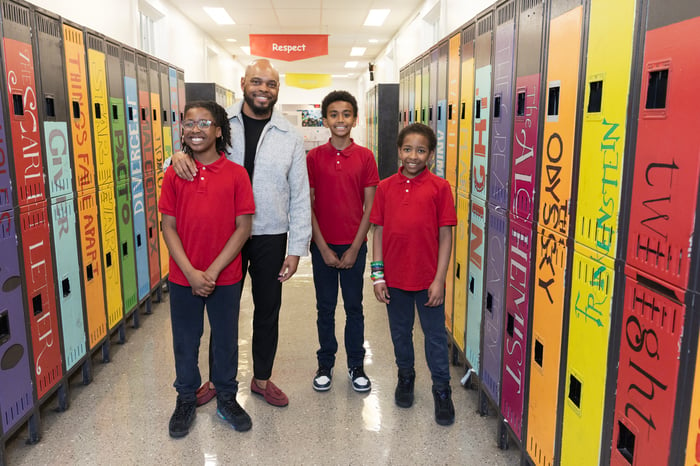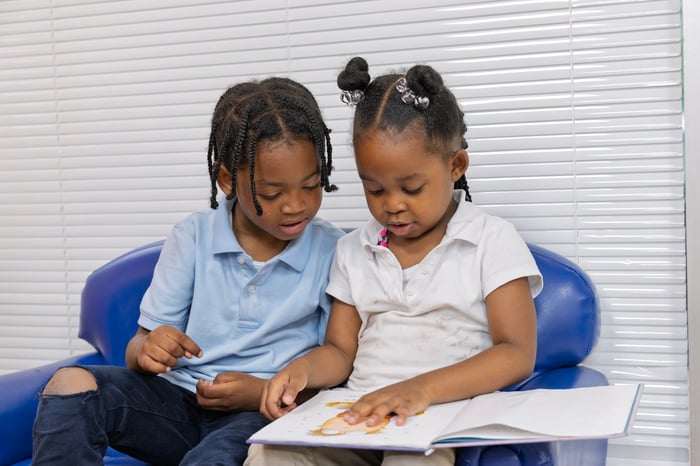Why High-Impact Systems are Essential for Quality Special Education Programming
Administrators • 4 min read • May 7, 2025 5:40:04 PM • Written by: Sarah Sandelius

When we try to improve special education outcomes, many schools focus on implementing specific interventions, purchasing new curricula, or training individual teachers. Yet these approaches often fall short of creating lasting change. The reason? They address symptoms rather than root causes embedded in how our educational systems function.

Understanding Systems in Special Education
A system is more than just a collection of procedures or a flowchart. In education, systems represent the interconnected processes, beliefs, structures, and practices that either enable or hinder student success. These include formal elements like referral protocols and IEP processes, as well as informal dynamics like communication patterns and implicit expectations.
Systems thinking requires looking beyond isolated problems to understand the relationships and interactions that create patterns over time. High referral rates, inconsistent IEP quality, or intervention failures often stem not from individual effort but from systemic issues like unclear processes, limited collaboration opportunities, or misaligned schedules.

Why Traditional Approaches Fall Short
Many improvement efforts fail because they target isolated components without addressing how they interact. Training teachers on differentiation won't help if scheduling doesn't allow for planning time. New procedures won't take root if existing beliefs about student capabilities remain unchanged. When improvements depend on specific people rather than institutional structures, they collapse with personnel changes.

The Five Components of Effective Systems
High-impact systems in special education share key characteristics (or, if you like, a pneumatic - IMPACT).
- Intentional: They are purpose-driven, with clearly defined outcomes that align to the school’s vision—ensuring time, energy, and resources are focused where they matter most.
- Memorialized: Processes are clearly documented and accessible, so they’re not dependent on individual memory or presence—supporting consistency and continuity over time.
- Participatory: All stakeholders are meaningfully engaged, with clear roles and the support needed to contribute effectively.
- Aligned: Each component connects logically to address root causes, not just symptoms, creating stronger, more sustainable outcomes.
- Cohesive: They minimize unnecessary complexity and reduce cognitive load, making it easier for teachers and leaders to act with confidence.
- Transparent: Systems are visible and easy to understand, building trust and shared ownership across the school community.
Without these characteristics, predictable dysfunctions emerge—schools fall into reactive "whack-a-mole" responses to problems, accumulate band-aid solutions, or rely on individuals rather than consistent structures. (Click on the image below to download your own IMPACT tool)
Building Better Systems: A Practical Approach
Effective systems change in special education follows these principles:
- Start with clarity about outcomes: Define what success looks like for students, families, and educators.
- Map the current reality: Before designing solutions, thoroughly understand existing processes, bottlenecks, and bright spots.
- Address mindsets alongside practices: Technical changes won't stick without attention to the beliefs that drive behavior.
- Design with implementation in mind: Consider who will use the system and what support they'll need to be successful.
- Build feedback loops: Create mechanisms to gather data on system performance and make adjustments over time.
The Ripple Effects of Systems Change
When schools successfully implement systems change, benefits extend beyond compliance: teachers experience greater efficacy with clear processes, resources get allocated more effectively, collaboration improves with role clarity, and students receive more consistent support across settings.
Systems change isn't about adding to educators' workloads—it's about redesigning how work happens to be more coherent and sustainable. By shifting from focusing solely on individual practices to intentionally designing the systems that enable those practices, schools create conditions where all students can truly thrive.
Ready to Take on Special Education Systems Change?
Sarah Sandelius
Our Latest
Related Articles

March 17, 2025 | Impact
2024: ABC's Best Year Yet
Discover how The Ability Challenge helped over 22,000 students with disabilities thrive through incl...

August 28, 2025 |
New School Year, New Tools for Success: The THRIVE Systems Leadership Cohort Toolkit
Transform your school's approach to special education with the THRIVE Systems Leadership Cohort Tool...

July 28, 2025 | Administrators
Four Pillars of Inclusive Teaching: A Leader's Guide to Building Capacity
Discover the four evidence-based pillars that distinguish highly effective inclusive teachers. Use a...

